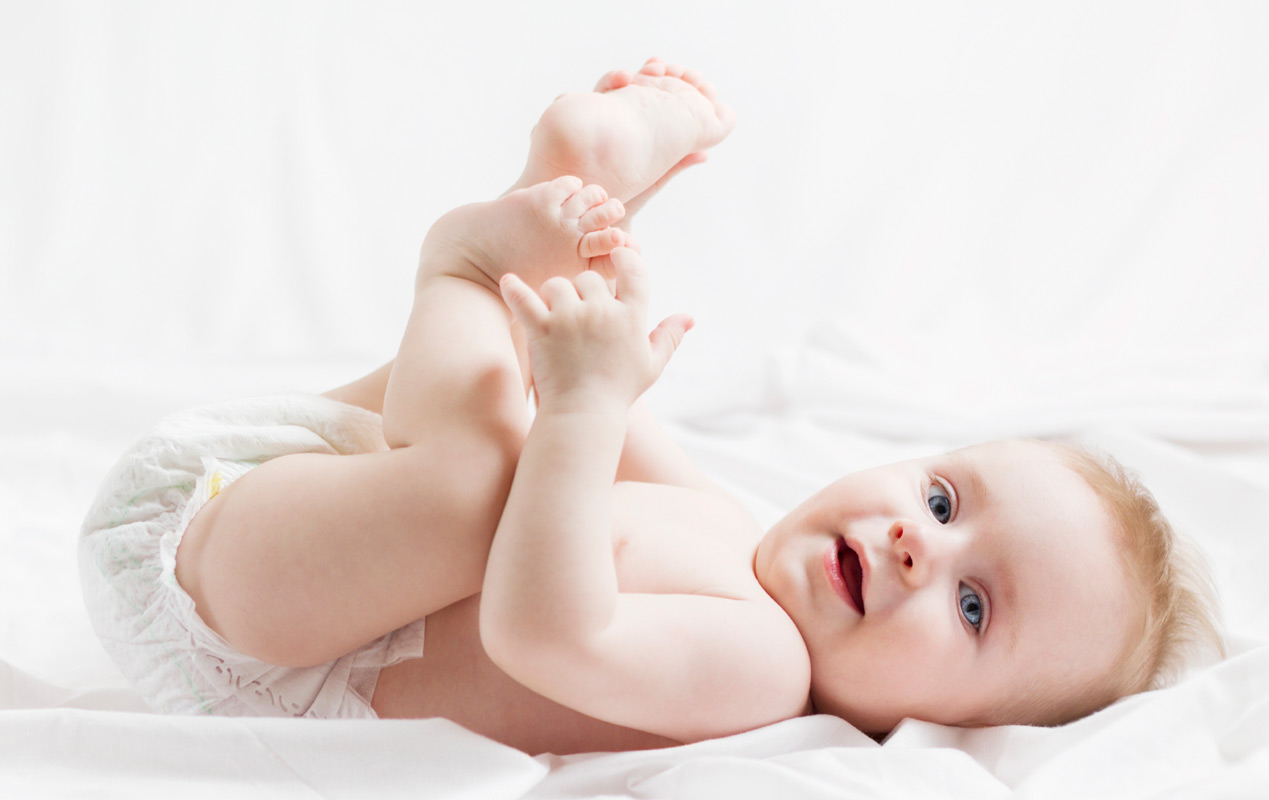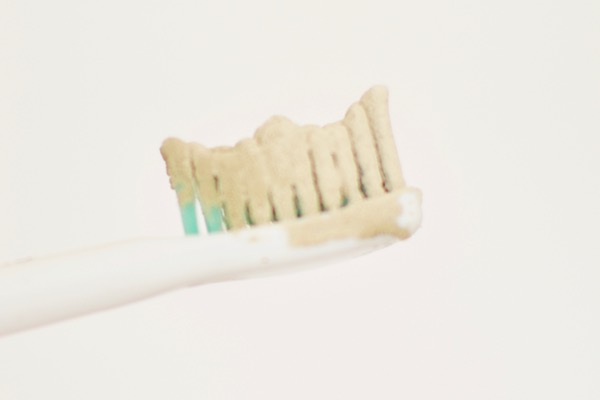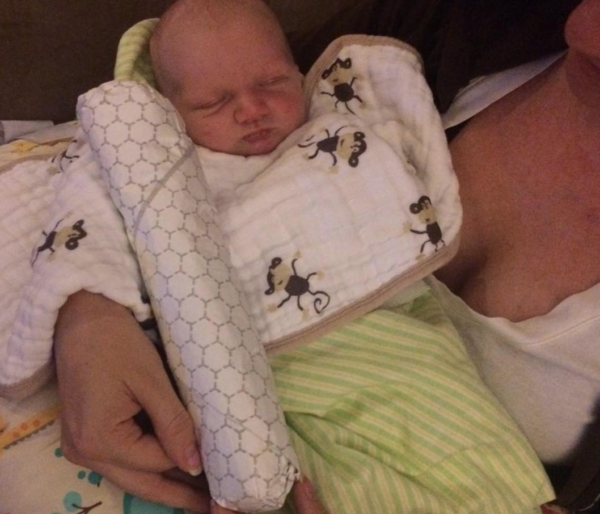 Are disposable diapers really the safest choice?
Are disposable diapers really the safest choice?
What if disposable diapers are NOT the safest option for your little one? You might be surprised to find that there are A LOT of chemicals in diapers you buy on store shelves.
Chemicals in Diapers
Lining — The diaper’s outer lining is made of polyethylene, the same stuff that’s used to make Saran wrap and other plastic wraps. The inner lining–the part touching your baby–is made of polypropylene. This material is usually used for thermal underwear, and it’s considered totally safe for your baby’s skin.
Filling — The filling of the diaper is usually made with a combination of wood pulp and polymers like sodium polyacrylate. This fancy-sounding material is highly absorbent (can soak up to 30 times its weight in baby pee). The USOHA has listed sodium polyacrylate as non-toxic, though it can cause damage to the airways if inhaled. It’s not irritating to the skin, though some babies suffer from the occasional allergic reaction.
READ MORE: Dangerous Chemicals in Your Kitchen
The downside, however, is that sodium polyacrylate sometimes has acrylic acid mixed in. This acrylic acid is usually a leftover from the manufacturing process and SHOULDN’T be in the diapers, but the risk of contamination is there. In large doses, acrylic acid can cause damage to a baby’s skin, but thankfully the dosages of the stuff found in diapers is fairly minimal.
Other Potential Hazards — Some of the other dangers that could face your baby include:
- Dyes, which can cause allergic reactions
- Dioxins, created when the wood pulp is bleached with chlorine to make it white
- Perfumes, which give the diapers their pleasant scent, but can also cause allergic reactions
The truth is that disposable diapers have been designed with baby’s health in mind, so they are mostly safe. While there is the occasional risk of an allergic reaction–particularly among infants with extra sensitive skin–the average baby has nothing to fear from disposable diapers.
However, a study conducted in 1999 found that SOME brands of diapers do emit chemicals when mixed with urine and fecal matter. If inhaled, these chemicals can be toxic to the respiratory tract.
Safer Options
Here are a couple of good options for parents looking to keep their child extra safe:
- Chlorine-free diapers — These diapers are made WITHOUT chlorine, which is used to give the diapers their bright white sheen. The bleaching process caused dioxin to form, so eliminating the chlorine makes the diapers safer and free of dioxin.
- Flushable diapers –– If your goal is to reduce landfill, you can buy these diapers designed to flush down the toilet. They are biodegradable, and thus intended to dissolve in the sewage system!
Under no circumstances should you allow the diapers to float in a pool or bathtub for a long period of time, especially if the diapers contain urine or poop. The chemicals can leech into the water, increasing the risk of contact with the baby’s skin. There are diapers designed specifically for pool use, and you should ONLY use those diapers if your baby is swimming.
Be safe with your diaper use, and your baby has nothing to fear!








